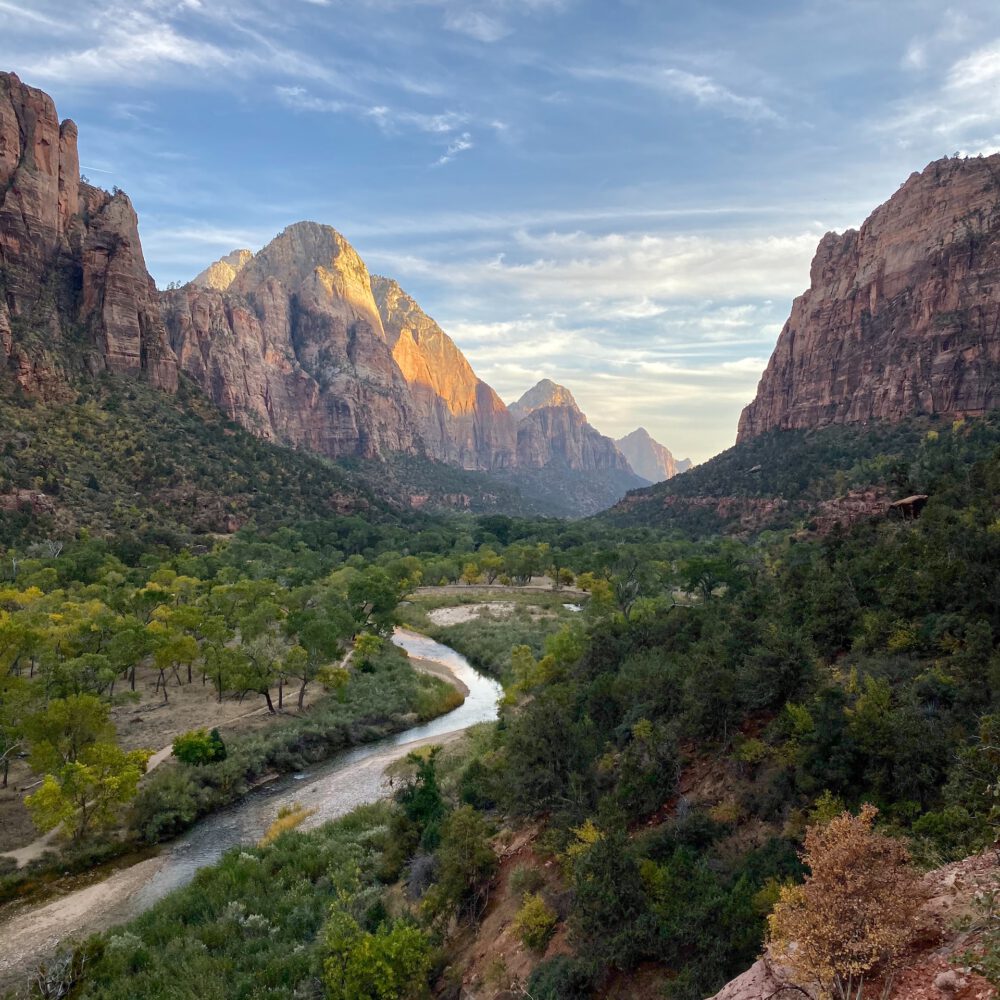
Pixel Inpainting
Project Description:
The “Pixel Inpainting” project is an exciting endeavor undertaken by a first-year AI student as part of their university coursework. This project focuses on leveraging the power of artificial intelligence to restore and enhance images through a process known as pixel inpainting. Pixel inpainting involves intelligently filling in missing or damaged regions of an image, seamlessly blending them with their surrounding content.
Objective:
The primary objective of this project is to develop a pixel inpainting system that can automatically restore images by predicting missing pixel values. This will involve training a machine learning model to understand the context of an image and generate realistic content for areas that are incomplete or marred by noise or artifacts.
Key Components:
- Dataset Acquisition and Preparation: The student will begin by collecting a diverse dataset of images with missing portions. This dataset will include images with varying levels of damage or incompleteness, simulating real-world scenarios such as old photographs, digital glitches, or occlusions.
- Model Selection: The student will explore and experiment with various AI models suitable for pixel inpainting. Convolutional Neural Networks (CNNs), Generative Adversarial Networks (GANs), or a combination of both could be considered, depending on the project’s scope and complexity.
- Training and Fine-Tuning: The selected model will be trained on the prepared dataset, teaching it to understand the relationships between intact and damaged regions of images. The student will experiment with different loss functions and optimization techniques to enhance the model’s ability to generate coherent and realistic content.
- Inpainting Algorithm Development: This is the heart of the project. The student will design an inpainting algorithm that takes a damaged image as input and generates a restored version by predicting missing pixel values. The algorithm will need to consider neighboring pixels, textures, and overall image context to produce visually plausible results.
- Evaluation Metrics: To objectively assess the performance of the inpainting algorithm, the student will define and utilize appropriate evaluation metrics such as Peak Signal-to-Noise Ratio (PSNR), Structural Similarity Index (SSIM), and human perceptual judgment. This will help in comparing different model variations and fine-tuned parameters.
- User Interface (Optional): Depending on the project’s scope, the student might develop a user-friendly interface where users can upload damaged images and witness the inpainting process in real-time. This would make the project more accessible and engaging.
Expected Outcomes:
Upon successful completion of the project, the student aims to achieve the following outcomes:
- A functional pixel inpainting algorithm capable of restoring damaged or incomplete images.
- Comparative analysis of different model architectures, loss functions, and optimization techniques.
- An understanding of the challenges and nuances involved in image inpainting, including balancing realism and accuracy.
- Insights into working with image datasets, training neural networks, and evaluating AI model performance.
- Potential implications for image restoration in various fields such as art preservation, photography, and digital image editing.
The “Pixel Inpainting” project represents an essential learning opportunity for the AI student, enabling them to apply theoretical concepts from their coursework to a practical real-world scenario. Through this project, the student will gain hands-on experience in AI model development, image processing, and problem-solving within the domain of computer vision.



